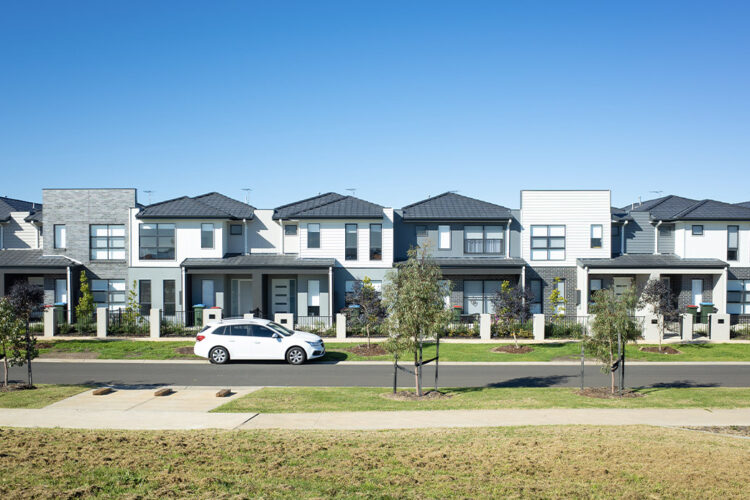The current high level of rental growth is expected to ease next year, as interest rates come close to peaking and the supply of homes improves, according to an expert.
Eliza Owen, head of research at CoreLogic, pointed out that rents and interest rates tend to move together for multiple reasons.
“For one, rents are an input in measuring inflation. When rents rise, inflation can rise, and this prompts the RBA to lift interest rates. Secondly, interest rates can impact rent.
“Higher interest rates mean investment property becomes less attractive, which could slow the delivery of new rental stock coming to market, and this could push rents higher,” she explained.
With this correlation, a peak in the cash rate might imply that the growth in rent values has either already peaked or is getting closer to reaching its peak, the expert said.
Following the rate pause during the Reserve Bank’s July policy meeting due to mortgage concerns, major banks were now expecting the cash rate to peak this year, followed by cash rate cuts through 2024.https://form.jotform.com/231476901641859?nojump&isIframeEmbed=1
Meanwhile, she noted annual rent growth, while still high, had been on a downward trend since a peak in December 2022.
Ms Owen estimated that the annual rate of rent increases, which peaked 10 per cent last year before dipping to 9.7 per cent in the June quarter, will slow further during the second half of this year and in 2024.
According to the expert, the easing in rents is already beginning to emerge in some markets during the first half of 2023.
“Canberra rent values are down -2.8 per cent in the year to June (albeit off the back of a 17 per cent uplift through COVID), and annual growth in regional rents has slowed to 4.9 per cent in the year to June, down from a peak of 12.5 per cent in the year to November 2021.
“While conditions will vary at a granular level, the rental market as a whole is likely to loosen in 2024,” she said.
But the CoreLogic economist also noted rates and rents were by no means not locked together.
She pointed out that rents rose sharply from mid-2020, two years before the central bank began to hike rates.
“The rental market tightened from a number of factors besides interest rates, including investor uncertainty, less share-housing, and higher income growth.
“Higher interest rates have slowed investment activity through 2022, and the first few months of this year, but they haven’t been the sole cause of rental increases,” she said.
And she noted that the rental market could also be impacted by other factors affecting investment activity.
For example, an uptick in annual rents in September 2017 might have been due to temporary restrictions on investment lending by APRA. She also said that the fall in rental supply in 2019 was mainly driven by the broad-based decline in the housing market, and weakening interest from investors.
Ms Owen also said conditions were now turning, with the expert forecasting the rental boom will keep tempering due to a number of reasons.
As renting becomes less affordable, she predicted tenants may turn to re-forming share-houses, which will reduce rental demand.
This forecast is supported by recent data from Flatmates.com.au, which revealed that the nation’s rental crisis and subsequent scarcity of available rentals that has vacancy rates across a large portion of the country sitting below 1 per cent, meant a record number of members, (69,400) joined the site in May.
In addition, Ms Owen noted costs and capacity constraints in the building industry were easing, meaning that the supply of new housing was likely to accelerate.
“As the elevated pipeline of residential dwellings under construction are completed, renters who may have been waiting for new homes to be completed can exit the rental market,” she stated.
In another indication that 2024 will be a good year for renters, Ms Owen said the next year may see a lift in rental supply from government initiatives around social and community housing provision, and build-to-rent projects will gradually flow into the market.
Lastly, she he highlighted housing finance data that shows investors are already returning to the housing market.
“This bounce-back is likely to be stronger in 2024 if interest rates decline and home values continue to rise,” she stated.
Data showed monthly volume of housing finance lent for investment property purchases, which shows investor activity ramping up, coinciding with the start of a recovery in the CoreLogic national Home Value Index through March.
Notwithstanding these factors, Ms Owen posited that rental rates should not be anticipated to witness an immediate decline, stating that the rate of escalation is likely to slow down, possibly converging around the long-term average of 2 percent observed during the 2010s.
ttps://www.corelogic.com.au/news-research/news/2023/could-the-pea


